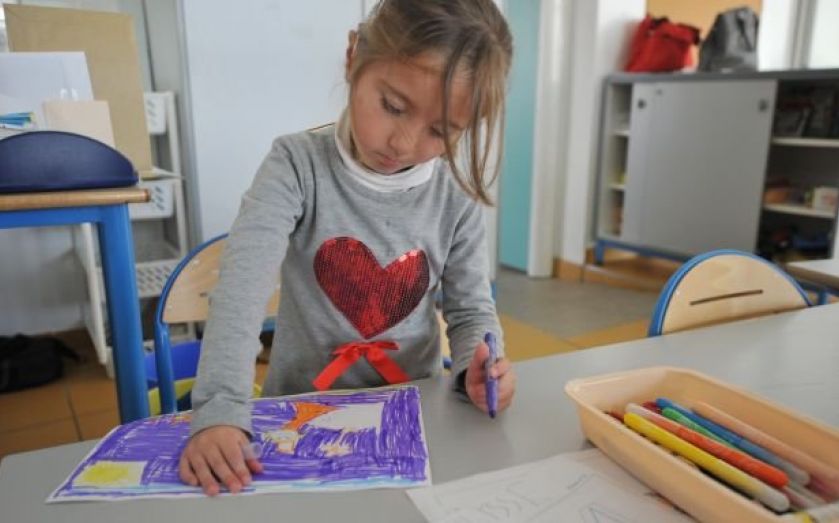| Updated:
How your ability to draw as a child could predict your future intelligence

It's nature, not nurture. How well a four-year-old is able to draw pictures of another child is directly linked to their hereditary intelligence, according to scientists at Kings College London.
By studying 7,752 pairs of identical and non-identical twins, they found that there was a strong correlation between drawing ability and intelligence in later life. The results were published today in the journal Psychological Science.
At age four, each child involved in the study was asked to draw a picture of another child. They were then given scores between 0 and 12 according to how accurately they depicted their subject. This was based on the presence and size of features such as eyes, nose, mouth, hair and arms.
The children were also given verbal reasoning tests at ages four and 14, and the scientists found that a higher score in the drawing test correlated with a higher intelligence score at both ages.
But how could the scientists determine drawing ability was liked to genetics, rather than being the product of some environmental factor such as upbringing? They took environment into account by comparing the results of identical and non-identical twins.
Identical twins have the same genetic make-up, while non-identical twins share around 50 per cent of the same genes but are likely to be exposed to a very similar environment and have equal opportunities when growing up.
They found drawings by identical twins received more similar scores than drawings by non-identical twins, from which they could conclude that drawing ability has a strong genetic link.
Dr Rosalind Arden, the study's lead author, said while drawing ability has always been used as a measure of intelligence at the age in question, the fact that it correlated with intelligence in later life was a big surprise.
"Drawing is an ancient behaviour, dating back beyond 15,000 years ago. Through drawing, we are attempting to show someone else what's in our mind. This capacity to reproduce figures is a uniquely human ability and a sign of cognitive ability, in a similar way to writing, which transformed the human species' ability to store information, and build a civilisation… What surprised us was that it correlated with intelligence a decade later,” she said.
However, she stressed that drawing ability should not be taken as a definitive measure of inherent intellect, since there are so many influencing factors.
"The correlation is moderate, so our findings are interesting, but it does not mean that parents should worry if their child draws badly. Drawing ability does not determine intelligence, there are countless factors, both genetic and environmental, which affect intelligence in later life,” she said.